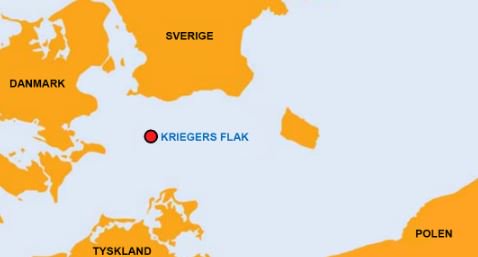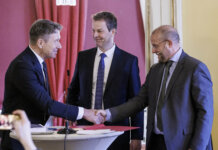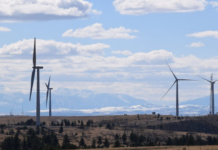Swedish energy company Vattenfall has won a tender to build what it calls the largest wind farm in the Nordics: Danish Kriegers Flak, a 600 MW offshore project in the Baltic Sea.
The winning bid was EUR 49.9/MWh, which, according to Vattenfall, is among the lowest costs in the world for offshore wind power.
The developer says the wind farm will be capable of supplying 600,000 Danish households with renewable energy – corresponding to 23% of all households in Denmark. Vattenfall’s investment in Kriegers Flak will be EUR 1.1 billion to 1.3 billion, pending a final investment decision.
Gunnar Groebler, head of Vattenfall Wind, says, “Vattenfall has won the three latest offshore wind tenders in Denmark: Horns Rev 3, Danish Near Shore and Kriegers Flak – equivalent to the energy consumption of 55 percent of the Danish households.”
In September, Vattenfall won a tender for the Danish Near Shore project (350 MW). The project is pending the Danish Parliament’s decision to proceed.
“Our winning bid for Kriegers Flak is 58 percent below the original cap of EUR 0.12,” adds Groebler. “For the Danish Near Shore project, the bid was also substantially below its cap. Proceeding with these two projects, Vattenfall provides Denmark with a cost-efficient contribution to meet the country’s climate targets and customers’ demand for renewable energy.”
Vattenfall says Kriegers Flak is part of the Danish Parliament’s 2012 political agreement to become entirely independent of fossil fuels by 2050. Winning the bid for Kriegers Flak means that Vattenfall can start to develop the 132-square-kilometer area in the Baltic Sea.
The area consists of three parts dedicated to wind power development in Germany, Sweden and Denmark. Vattenfall’s winning bid today concerns the Danish part of the Kriegers Flak area, and the Swedish part of Kriegers Flak has a building permit that expires in 2018. The German part has not yet been tendered, the company says.
Kriegers Flak will be monitored from Vattenfall’s surveillance center in Esbjerg, Denmark. The center already monitors more than 1,000 turbines in Northern Europe.
Photo courtesy of Vattenfall




